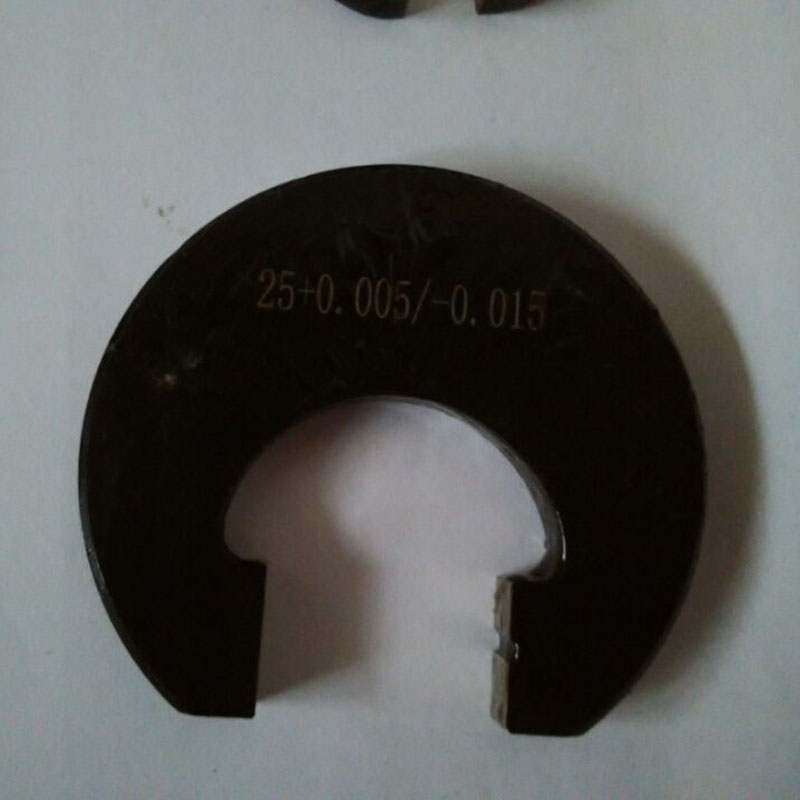Eki . 22, 2024 02:50 Back to list
Understanding Surface Plates and Their Importance in Precision Measurement and Manufacturing
Understanding Surface Plates An Essential Tool in Precision Engineering
In the world of manufacturing and engineering, precision is paramount. Components need to fit together seamlessly, and measurements must be accurate to ensure the performance and longevity of the final product. One of the vital tools that support this precision is the surface plate. This article delves into the significance, types, applications, and maintenance of surface plates in engineering and manufacturing.
What is a Surface Plate?
A surface plate is a flat, stable, and durable slab made from materials like granite, cast iron, or quartz. Its primary purpose is to provide a reference plane for precision measurements and inspections. The surface of the plate is ground to extremely fine tolerances to create a flatness that is essential for alignment, setup, and assembly of various components. Depending on its application, a surface plate can vary in size and thickness, but it is generally large enough to accommodate large workpieces and fixtures.
Types of Surface Plates
1. Granite Surface Plates
Granite is a popular material for surface plates due to its natural properties of rigidity, stability, and resistance to wear. Granite plates are typically non-magnetic which prevents them from attracting metal shavings or chips, enhancing their longevity and effectiveness. They are often used in metrology and inspection processes, providing a hard, flat reference surface for measuring tools.
2. Cast Iron Surface Plates
Cast iron plates are known for their durability. They are usually more affordable than granite plates, making them a common choice for general-purpose tasks. Although they can rust if not properly maintained, they are favored in situations where extreme precision is not required.
3. Composite Surface Plates
Some surface plates are made from composite materials or resin-bonded aggregates, which combine properties of both granite and cast iron
. These plates are lighter and less prone to rust than cast iron, while still offering a solid and stable measuring surface.4. Fiber Reinforced Plastic Plates
For specialized applications, fiber reinforced plastic plates are utilized. They are designed to be lightweight and resistant to temperature changes, making them suitable for environments that would otherwise deteriorate traditional materials.
surface plate

Applications of Surface Plates
Surface plates are foundational in various industries, including metalworking, automotive, aerospace, and electronics. Their primary applications include
- Inspection and Quality Control Surface plates provide a reference surface for inspecting dimensions and tolerances of manufactured components. They enable the use of height gauges, dial indicators, and other measuring instruments to ensure that parts meet design specifications.
- Layout Work Engineers and machinists use surface plates for layout work, marking reference lines and locations on workpieces before machining or fabricating components.
- Fixturing In the assembly process, surface plates can serve as a fixture base, providing stability and precision while assembling parts together.
Maintaining Surface Plates
Maintaining the precision of a surface plate is crucial to its functionality and longevity. Here are important maintenance tips
1. Cleaning Regular cleaning is essential to prevent contamination from dust, debris, or oils that might affect measurements. Use gentle cleaning agents and avoid abrasive materials.
2. Periodic Calibration Regularly checking the flatness and overall integrity of the surface plate is necessary to ensure measurement accuracy. Precision tools like laser interferometers might be employed for calibration.
3. Avoiding Damage Implementing procedures to prevent accidental damage, such as using protective covers or restricting access, can greatly extend a surface plate's life.
4. Environment Control Keeping the surface plate in a controlled environment, where temperature and humidity are regulated, helps prevent warping or expansion of the plate material.
Conclusion
Surface plates are indispensable tools for achieving precision in engineering and manufacturing processes. By providing a reliable reference plane, they enhance the accuracy of measurements, inspections, and assemblies. Understanding the different types of surface plates, their applications, and maintenance practices is crucial for professionals aiming to uphold the highest standards of quality in their work. Whether in a metrology lab or a manufacturing floor, surface plates play a vital role in ensuring that products meet their necessary specifications and perform effectively in their intended roles.
-
Thread Micrometer Set FeaturesNewsJul.04,2025
-
Right Angle Ruler Tool for WoodworkingNewsJul.04,2025
-
Precision Frame Level Calibration StepsNewsJul.04,2025
-
Magnetic Vee Block MaterialsNewsJul.04,2025
-
Heavy Duty Ground Anchors in MiningNewsJul.04,2025
-
Features of Welding Table Cast IronNewsJul.04,2025
Related PRODUCTS









